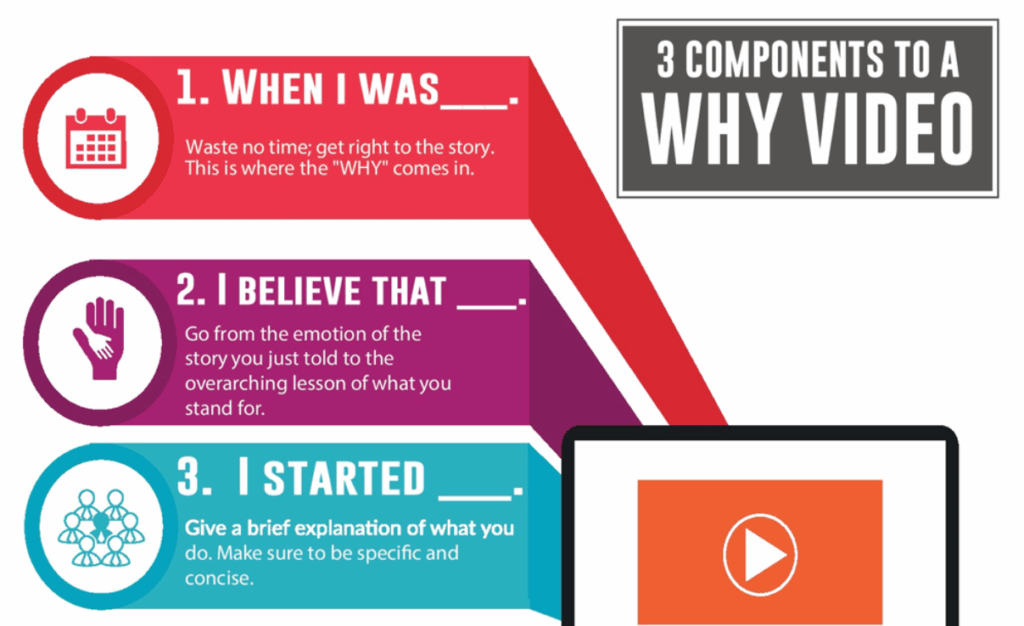The 6 Phases of the Social Amplification Engine
Most people treat digital marketing like a slot machine, pull a lever, and pray for leads. The Social Amplification Engine (SAE) fixes that. Instead of chasing hacks, trends, or whatever a YouTube guru is yelling about this week, SAE gives you a predictable, repeatable system for visibility, engagement, and conversions across every channel.
If your business already converts and you have at least a little bit of content and reputation, you’re sitting on a gold mine. SAE simply turns up the volume.

Let’s walk through the six phases.
1. Plumbing
Before you touch ads, boosting, or “going viral,” your plumbing must be airtight. This is the tracking, tagging, and audience-building infrastructure that makes everything else work.
Without plumbing, you’re basically flying blind while paying Facebook to keep the lights on.
Plumbing includes:
- Google Tag Manager (your command center).
- Google Analytics.
- Google Ads + MCC.
- Facebook Business Manager.
- Remarketing tags across all channels.
- Custom audiences, URL parameters, triggers, pixels.
- AMP + Instant Articles if needed.
This isn’t glamorous; nobody posts screenshots bragging about their event tags. But proper plumbing is what lets you see where each dollar is actually working. It’s the reason seasoned marketers crush amateurs running “gut-feel ads.”
If you want to go deep, the Digital Plumbing Course is the playbook.
2. Goals
Most businesses skip straight to ads and then wonder why nothing works. SAE forces you to get clear first.
You need two things:
- A mission: your WHY, rooted in who you serve.
- Numbers that define success: your cost per lead, your ROAS, your 90-day outcome, your #ACC (Awareness, Consideration, Conversion) metrics.
Goals tell your content team what to create. They tell your ads team what to amplify. And they prevent you from chasing “vanity metrics” like reach and likes that look great but don’t move revenue.
Set the goals now, then hit them repeatedly.
3. Content
Great content isn’t about fancy cameras or being “viral.” It’s about authenticity and distribution.
Content inside SAE falls into three buckets:
Authority (third-party proof)
Reviews, PR mentions, podcasts, articles, stories.
This converts better than anything because it’s not you bragging; it’s others validating.
WHY content
Your 3-minute WHY video. Your story. What you stand for.

This builds trust and turns cold audiences warm.
One-minute videos + micro content
Answers to objections. How-tos. Behind-the-scenes moments.
These feed your remarketing engine forever.
Your Content Library is where everything lives: positive mentions, topic wheels, greatest hits, raw footage, snippets, and repurposed posts.
The Content Factory process turns all this into a nonstop pipeline of assets: long-form → short-form → snippets → articles → emails → ads.
If you don’t have content, good news: your camera roll is full of it.
4. Targeting
This is where most businesses accidentally burn money, by showing the wrong content to the wrong audience at the wrong time.
Targeting in SAE fixes that through people-based marketing:
Owned audiences
- Email lists.
- Website visitors (1/30/180-day buckets).
- App users.
- Video viewers.
- CRM segments.
- Existing customers.
Lookalikes
Based on:
- Purchasers.
- Leads.
- High-value page visitors.
- Viewers of key videos.
Core interests
- Competitors.
- Industry influencers.
- Media outlets.
- Shared customer interests.
Targeting is how we build funnels like:
Awareness → Consideration → Conversion → Loyalty → Advocacy
This is where chains, sequences, and remarketing come alive.
This is where those one-minute videos start printing money.
You’re now running true cross-channel marketing (email, Google, Facebook, YouTube, website, podcast, events) all synced and sequenced.
5. Amplification
Once the first four phases are in place, it’s time to amplify, not before.
Amplification ≠ advertising.
Amplification = paid word-of-mouth.
We don’t guess. We don’t “spray and pray.”
We take the top-performing organic content and boost it to the right audiences.
This includes:
- Boosting 3–5 “greatest hits” posts.
- Dollar-a-Day ads.
- Video view campaigns.
- Remarketing ads for abandoners.
- Unpublished (dark) posts.
- Media inception ads.
- Thank You Machine posts.
- Roundups, listicles, social commenting.
Amplification is how you:
- Reach more people who look like your best customers.
- Stay in front of warm audiences.
- Drive conversions without being pushy.
- Seed press, influencers, and partners.
This is the stage where most businesses finally say, “Wow, Facebook actually works now.”
Because you’re a system, not a random post-and-pray operator.
6. Optimization
Optimization is where the pros separate from the amateurs.
You monitor your metrics decomposition.
You compare this period vs. last period.
You update lookalikes.
You adjust budgets.
You refine your audiences.
You find the next three things to execute this week.
You don’t chase hacks.
You don’t rebuild the funnel every month.
You optimize what’s already working.
Optimization never ends, and that’s a good thing.
Because once a system works, scaling it is just math.
Why the Social Amplification Engine Works
Because it’s built on 3 principles that never change:
1. Word-of-mouth beats advertising. Social ads don’t create desire; they amplify what’s already working.
2. Cross-channel > single channel. Your audience lives everywhere. Your marketing should too.
3. Data + content + sequencing = unfair advantage.
Custom audiences let you follow people across:
- Social.
- Search.
- Email.
- Website.
- Apps.
- Events.
- Offline touchpoints.
That’s digital word-of-mouth at scale.
This is the same engine used by major sports teams, franchises, professional services, and thousands of local businesses. It works for plumbers, chiropractors, roofers, attorneys, and anyone who already has customers and content.
When the 6 phases work together, you get:
- Higher conversion rates.
- Lower ad costs.
- Stronger authority.
- More warm leads.
- Better SEO.
- A system your team can follow.
- Predictable results.
SAE isn’t magic.
It’s not “growth hacking.”
It’s a checklist-driven machine that turns brand, content, and targeting into revenue.
If you have something that already works (even a little), this engine makes it work a whole lot better.

